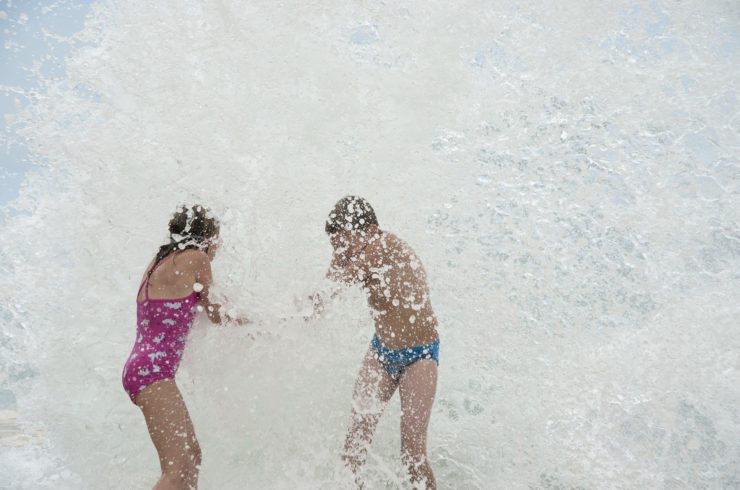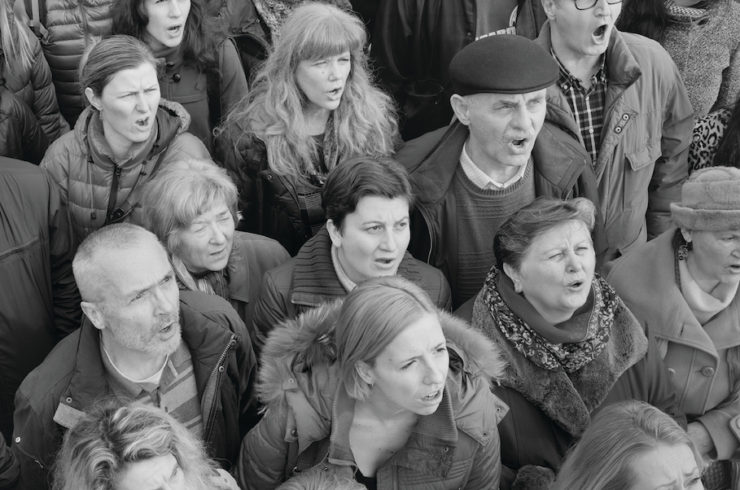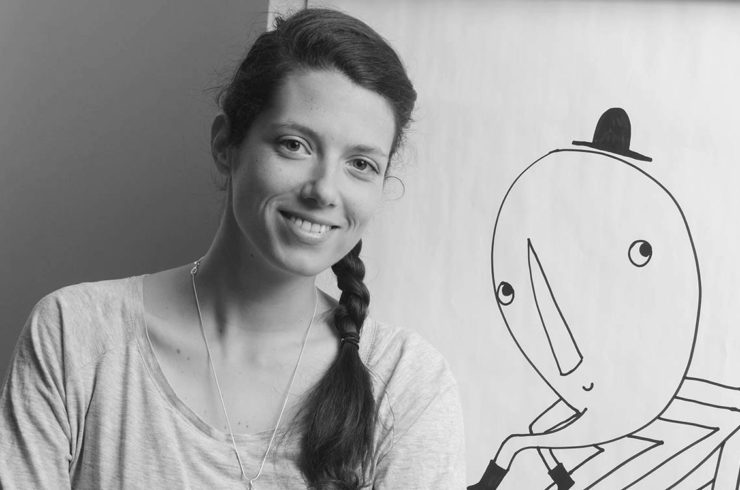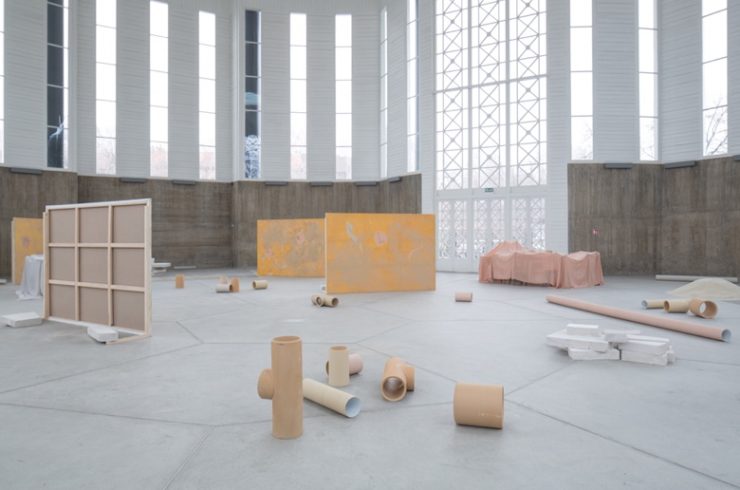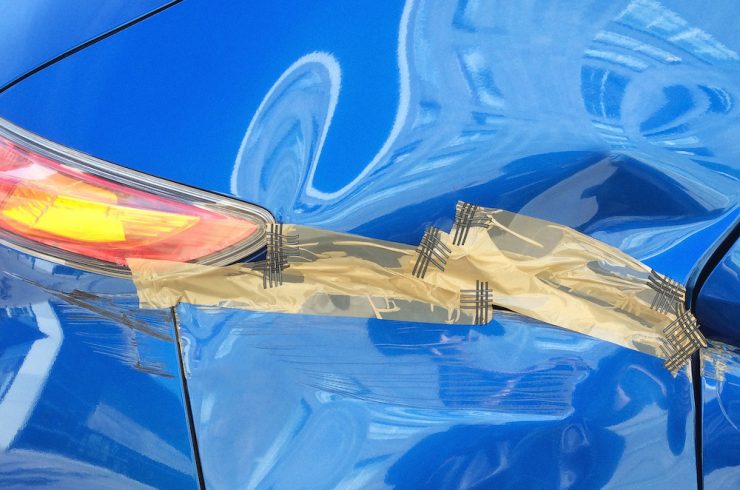Photography
Maša Bajc on current work, creative influences, and future plans
From snapshots of sheer, gently illuminated curtains to carefully composed images of rooftop bedrooms, the photography of Maša Bajc hovers between reality and illusion. With her photography, Bajc captures both the authenticity of everyday life and fictional scenes that she creates to convey a dreamlike mood or atmosphere. Whether real or imagined, Bajc’s images exude the softness and sincerity of personal memory.
Bajc, who has an MFA in Imaging Arts from the Rochester Institute of Photography, was a 2012 Artist in the Marketplace (AIM) fellow and is currently participating in the AIM Biennial. Here, she discusses her work, creative influences, and what sparked her interest in photography.
How did you decide to become photographer?
I was studying business when I took up photography classes at the School of Design in Zagreb. Within a few weeks it literally became the only thing I was focusing on. I loved it and for the first time I seriously considered pursuing an education and a living in arts.
Do you have any particular creative influences?
There is something about the image making process particular to Japanese photographers (from Hiroshi Sugimoto to Rinko Kawauchi of the younger generation) that resonates with me: a certain poeticism and a very obvious subjective approach often inseparable from their own writings. Moreover, in Japanese photography, the way the landscape can be understood and approached is more personal, as is people’s engagement with it and it was this idea that mostly influenced my work based in landscape. I also often look away from photography for influences. It is more about the ideas than the medium itself.
You also studied photography in New York. How has the experience of living, working, and studying in two different countries shaped your work?
I graduated from RIT, where I earned an MFA in Imaging Arts, a few years ago. Going there was a big adventure on many levels. The photography I did in Croatia, before graduate school, was very basic, technical, and I only started to grow as an artist once I moved to the US. Being in an environment where everything was new and unfamiliar forced me to really question and decide how I wanted to approach my work and life, for that matter. There was a big shift in a way I started to see and understand places and space around me.
Would you say that there are significant differences in approach or aesthetic between photographic work in Croatia and the US?
I feel the differences were more obvious historically. For instance Croatian photography was very much influenced by Czech photography, which has a certain melancholic sentiment to it. On the other hand, I often felt that American photography was more “in your face”: sharper, crisper. This is a generalization of course. Today it is harder to notice these differences in the work of younger generations, as their influences don’t depend on geography and schools as much anymore.
Can you tell us more about your three main projects: Masa’s Imaginarium, Scapes, and Encounters?
There is often a good mixture of reality and the imagined in my work. This happens in Encounters as well as Maša’s Imaginarium. While some images are “straight” photography, others have been manipulated. With Scapes I was concerned with the dreaming, oneiric landscape, one from which a new poetic reality emerges. To me these images are like places in-between: places where the inner and outer spaces blend.
What are some of your aims when shooting photographs?
It is very important to me that the work is sincere. I don’t think it is possible to make good work if it doesn’t reflect what one cares about deeply. You can almost always tell how much effort and passion was put into something. There is no substitute for passion.
Is there a particular message or mood that you hope to create with your photography?
There is a tendency for my images to be minimalistic and reflective. They are often dreamlike. For instance, Scapes are very quiet, dreaming landscapes. But images in Maša’s Imaginarium can be surprising and humorous while they still build on the relationship between the real and the imagined.
You also create “moving images.” How did you develop this idea, and what do you hope to capture?
I have been preoccupied with conveying a sense of a movement in the still image. In nature, even when everything is absolutely still, one can sense some kind of movement in the background. It is not seen but felt. Likewise, it is possible to find stillness even in the midst of the storm. Stillness and movement depend on each other. There is a similar correlation between still and moving images. In Lakescape (2010) I constructed a moving image from still images that already contained a longer period of time in one frame. The end result is a moving image that seems to be still and it is only when a viewer becomes still himself that it is possible to see the movement in the image. It was interesting to explore those relationships.
What projects are you currently working on? Any future plans?
I’m working on new moving images as well as continuing work on Maša’s Imaginarium, which will be exhibited at Galerija Inkubator in Zagreb next year. I have ideas for a new project but it is still in a research-brainstorming phase. Currently, one of my videos is on display at Bronx Calling: The Second AIM Biennial in New York City until September 8. It is a wonderful show featuring 72 emerging artists, and I am very honored to be in it.
Lakescape (2008) – moving image
Interview by Elaine Ritchel (@elaineritchel)






